A feature from the spring/summer 2022 ‘Visual Arts Journal’

Alumnus Michele Washington (MFA 2011 Design Criticism)
On the precipice of Curious Story Lab’s launch, journalist and critic Anne Quito (MFA 2014 Design Criticism) spoke with writer, designer, researcher, strategist and educator Michele Washington (MFA 2011 Design Criticism) about her aspirations for the podcast, a new book project, the value of deep research and how studying history helps us put present crises in better perspective for the 2022 spring/summer issue of SVA’s Visual Arts Journal.
“Diversity and inclusion is a term that’s been monetized,” says Washington. “People think that, if they use it, it makes them acceptable.” Diversity and inclusion efforts have been everywhere lately, but even the most well-meaning initiatives can quickly be co-opted by brands and devolve into hollow corporate gestures.
Washington, who has built a career working with diverse communities, is vigilant against simplistic solutions. Through her design consultancy, she has tackled complex issues such as food scarcity, gender-based violence and racial justice with civic-minded organizations like the Caribbean Cultural Center African Diaspora Institute, A Long Walk Home and Sprout by Design. She has also been an adviser to institutions such as the AIGA, National Museum of African American History and Culture, Poster House museum and Society for Experiential Graphic Design.
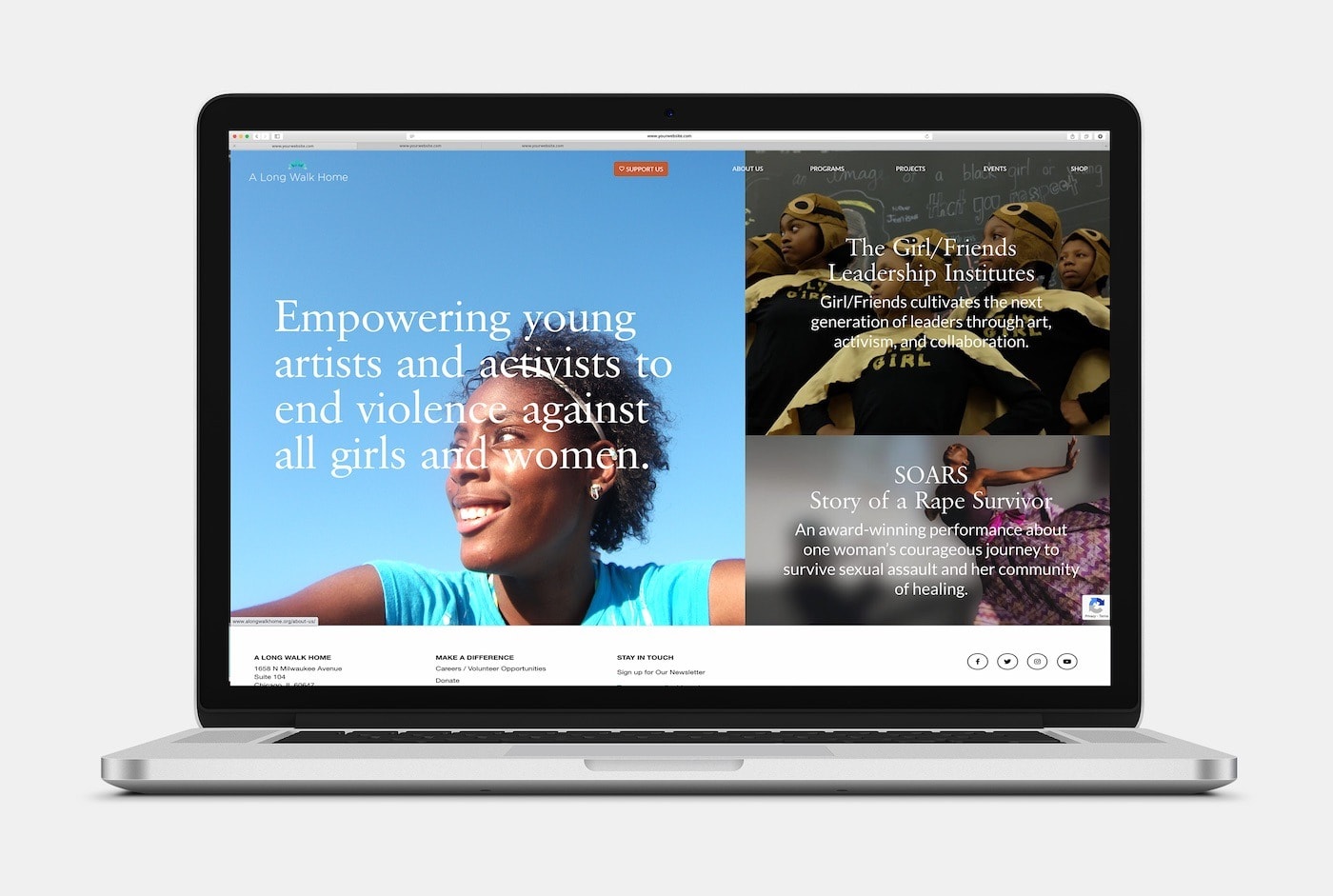
Through her design consultancy, Michele Washington tackles complex issues in collaboration with civic-minded organizations like A Long Walk Home, a nonprofit dedicated to gender equity and racial justice. Courtesy Michele Washington.
As a design researcher, strategist and teacher, Washington believes that the best paths to learning and social change involve engaging the audience’s own curiosity—a journey that can lead to rewarding, if circuitous, tangents. Her new podcast, Curious Story Lab (curiousstorylab.com), which premiered this past December, is vital proof of this approach. Through a series of conversations with creative professionals who embody the omnivorous, multidisciplinary ethos Washington champions, she exposes listeners to “visionaries of color” who are reshaping culture, one project at a time. First-season guests include writer–curator Prem Krishnamurthy, graphic designer Forest Young and researcher Lesley-Ann Noel.
We’ve gone through some pretty big upheavals over the past few years—from a global health crisis to an ongoing cultural reckoning about race and gender. How have things changed for you?
As a Black woman in my age group, things haven’t changed much. While different voices brought the issues to a higher level of hype, all of those issues have existed over a long period of time; you just have different voices championing the same cause now.
I do think technology plays a more amplified role today. We’re in a state where we have super media highways where you can get all this information instantly. But I always think of what the poet Gil Scott-Heron once said: “The revolution will not be televised.” While we think we see everything, we won’t always know what's going on behind the scenes.
When a big event happens, it may feel like it’s the defining moment for that particular issue. But I’ve learned that there's often always someone or something that’s come before.
For instance, during a talk I gave at Columbia University about the afro, I pointed something out about the American Health and Beauty Aids Institute’s “Proud Lady Buy Black” symbol that was used on Black hair-care products in the 1960s and 1970s as being one of the first such logos. But A'Lelia Bundles, who is the great-great granddaughter of Madam C.J. Walker, the entrepreneur who built the first African American hair-care empire, kindly pointed out a precedent from the 1920s in Harlem. Sometimes we just don't know it or haven't done the leg work to do the research.
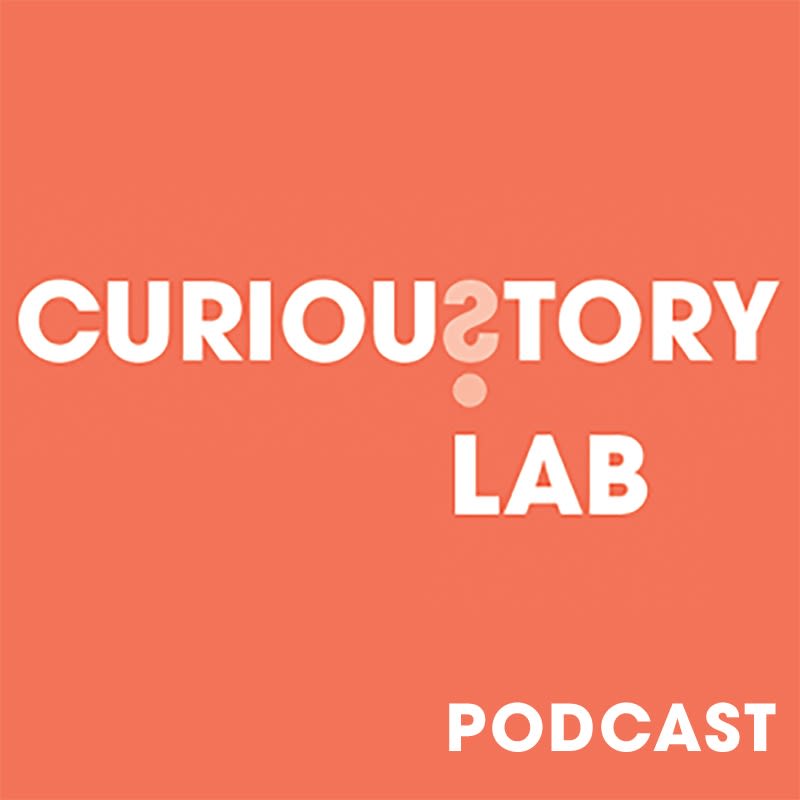
Michele Washington’s Curious Story Lab podcast features conversations with multidisciplinary “visionaries of color.”
How did Curious Story Lab come about?
I was accepted in the Columbia University A’Lelia Bundles Community Scholars program, which enabled me to audit courses that mesh with my interests and research for my projects. We had a three-year time period and a small stipend to work on a project. That’s when I developed the podcast. I’ve since turned one of my closets into a mini home recording studio. I literally have moving blankets up on one of the windows.
Before I started producing Curious Story Lab, I did some research about my intended audience and potential interview subjects—Black, Latino, Asian and Indigenous people within the design discipline or the creative realm. I spent quite a bit of time conducting a survey, reaching out to colleagues and interviewing professionals in the field, academics, and undergraduate and graduate students about what role culture played in their lives. I asked about their listening habits, what they read, what movies they liked, their buying habits. One of the architects whom I interviewed, who was an active podcast listener, said that, to her knowledge, there was no podcast for Latino architects or designers.
I also dug through reports on listening habits and researched how the podcasting landscape has changed since when I was in graduate school. And I have made full use of Columbia’s libraries and amazing library services: I interviewed a whole slew of Black designers at least 20 years ago—Charles Jefferson, John Morning, Eugene Winslow, LeRoy Winbush and Reynold Ruffins, among others—and I have it all on cassette tapes. I was able to digitize them, thinking that I wanted some of the recordings to be part of the podcast.
What types of stories and personalities are you featuring on the podcast?
I really wanted to interview people who work in multiple disciplines. I wasn’t interested in people who have become famous for doing one thing. For me, the most interesting minds can’t be contained within one creative entity or job title.
For example, I talk with [Columbia University professor] Mabel O. Wilson, who isn’t just an academic but also an architect, a designer, a writer, a researcher and a curator. The first episode features Del Terrelonge, a Toronto-based designer who has a “design ecosystem” where he works in graphic design, art, architecture and technology.
We'll end up with about eight episodes for the first season, and I’ve been in conversations with a colleague, [designer and educator] Norman Teague, about collaborating on season two, and having it be about designers of color who live and work in the Midwest.
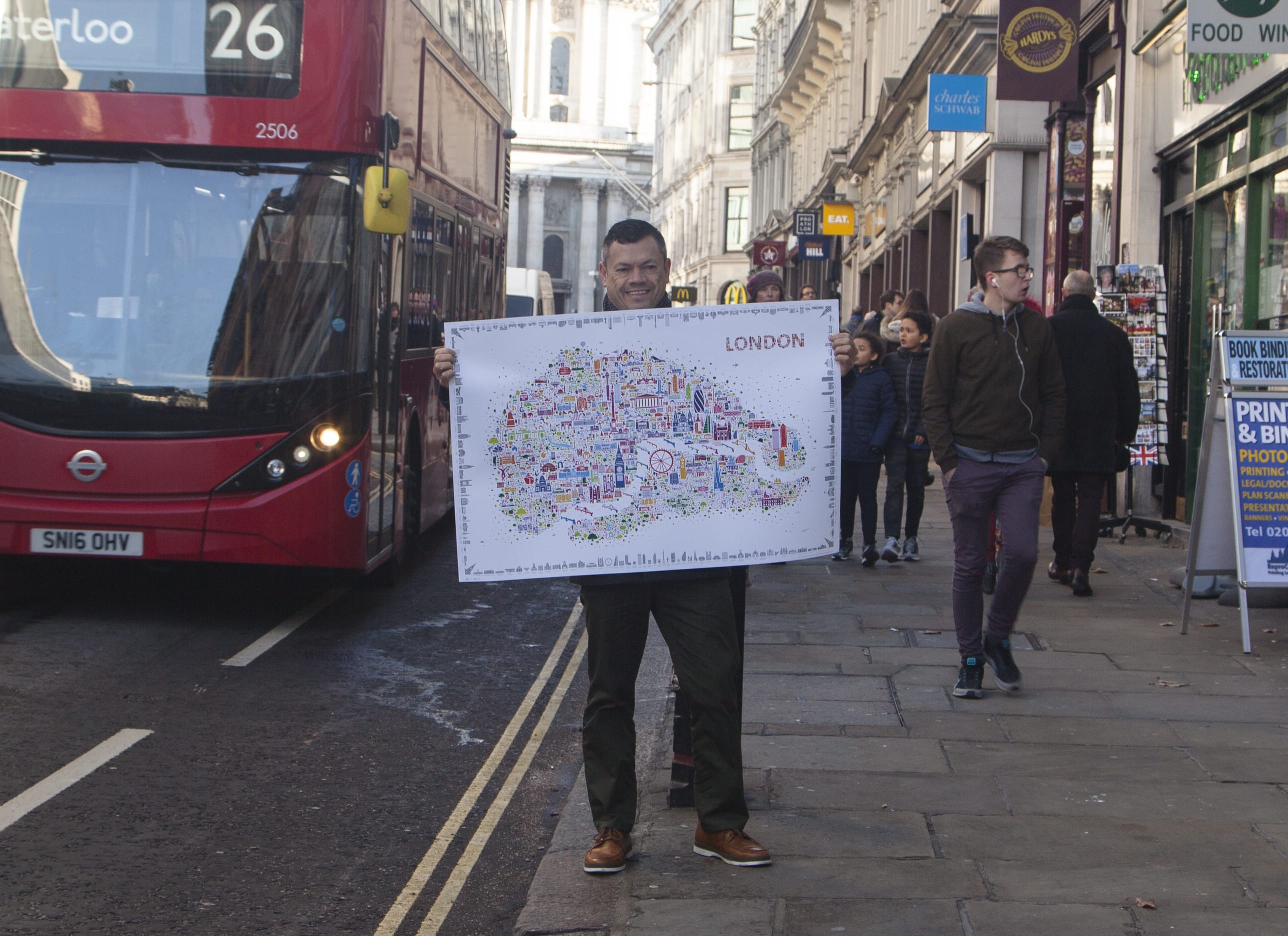
Map of London designed by SVA Continuing Education faculty member and Alfalfa Studios principal Rafael Esquer (pictured), a first-season guest on Michele Washington’s Curious Story Lab podcast.
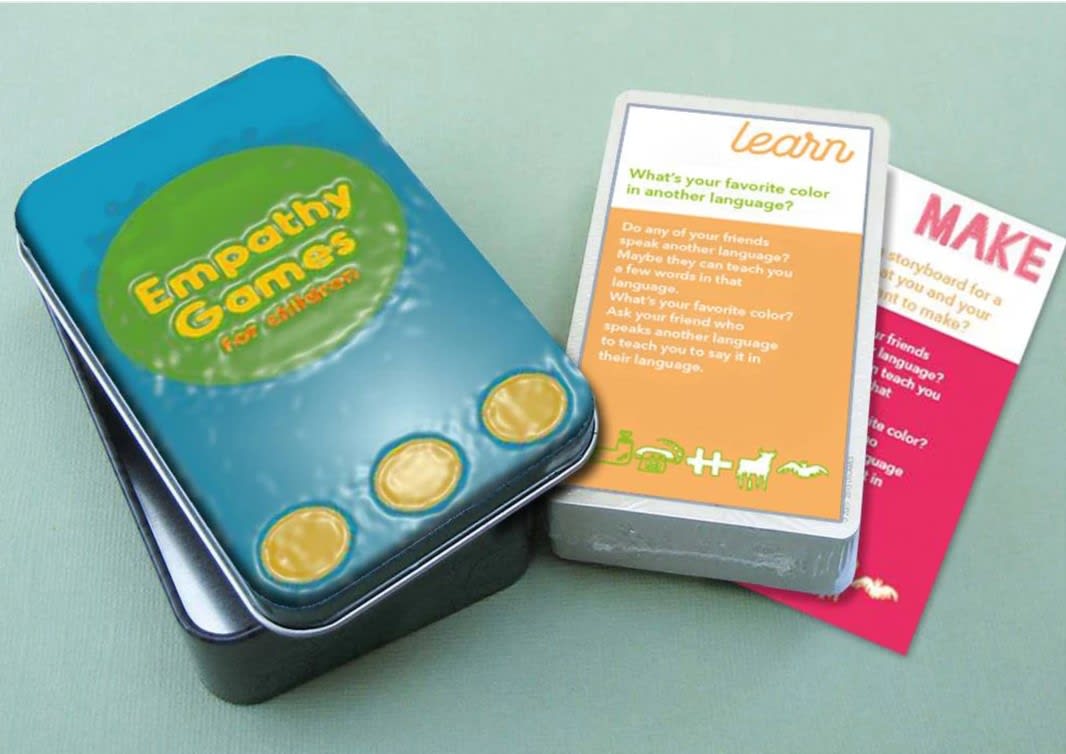
Prototype for “Empathy Games for Children” activity cards by Lesley-Ann Noel, designer, researcher and assistant professor of art and design at NC State University, and a first-season guest on Michele Washington’s Curious Story Lab podcast.

A 2018 issue of Polimorfo, the journal of the School of Architecture of the Polytechnic University of Puerto Rico, designed by Rubberband Design Studio, founded by Dr. María de Mater O'Neill, a first-season guest on Michele Washington’s Curious Story Lab podcast.
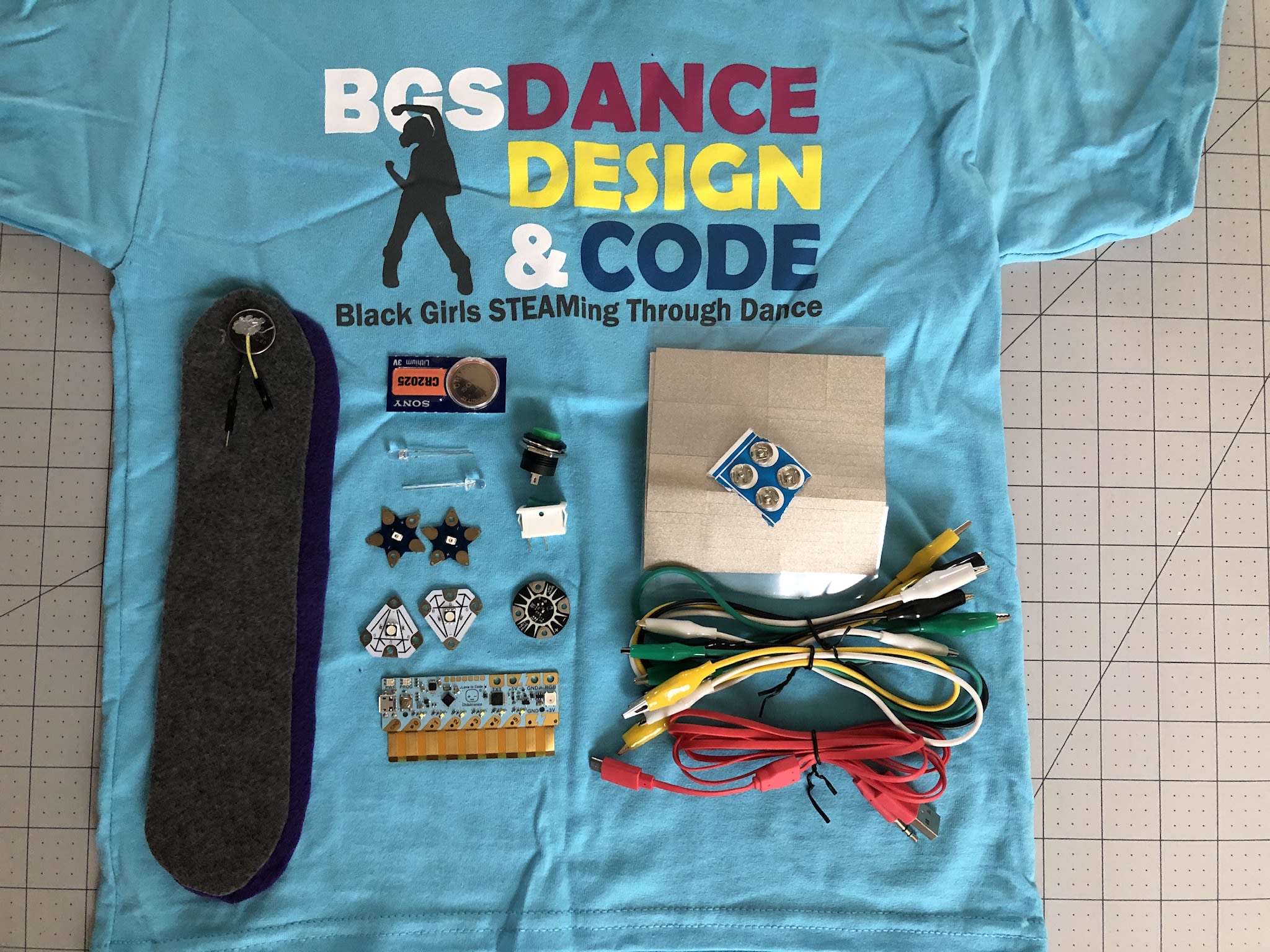
Materials and supplies for Black Girls STEAMing Through Dance, a research and community-based after-school program led by Drexel University professors Raja Schaar, IDSA; Ayana Allen-Handy, PhD; Valerie Ifill; and Michelle Rogers, PhD. Schaar is a first-season guest on Michele Washington’s Curious Story Lab podcast.

The Reach villa in Prince Edward County, Ontario, Canada, by rhed, the design firm founded by Del Terrelonge, a first-season guest on Michele Washington’s Curious Story Lab podcast.
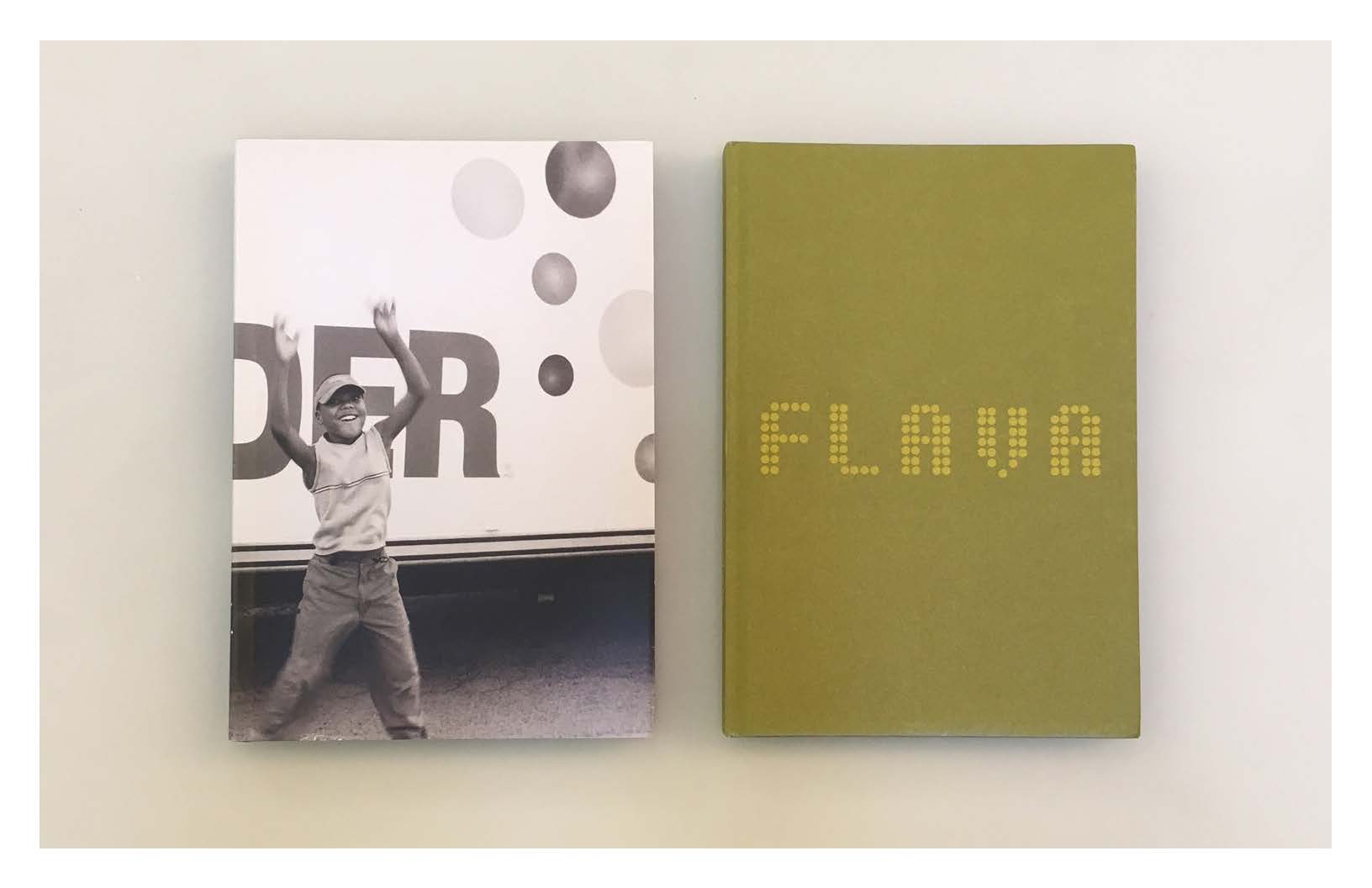
FLAVA, a book celebrating the 10th anniversary of Wedge Curatorial Projects, Toronto. Designed by rhed, the design firm founded by Del Terrelonge, a first-season guest on Michele Washington’s Curious Story Lab podcast; photograph by Pete Doherty.
Has anything from your time in MFA Design Criticism—now MA Design Research, Writing and Criticism—proven to be especially useful in your current work?
I’ve always loved research, and in producing a podcast, you have to do deep research on the person you’re interviewing.
I definitely improved my writing skills in the program, though I wouldn’t ever consider myself a picture-perfect writer like Toni Morrison, who painted her words on the page. I teach part-time and I always tell my students that we read maybe 100 to 200 pages a week at D-Crit! It was daunting but reading widely really helps you become a much better writer.
A fellow graduate, Alicia Ajayi [MA 2020 Design Research, Writing and Criticism], serves as the podcast producer. She came on board after I started planning out the series, but she was pivotal in mapping out each episode, developing themes, selecting and inviting guests, and managing the production schedule. Alicia also assists with preparing the audio for mixing and editing and helps with music selection too. She is great with organizing and scheduling workflows.
And a former teacher, Leital Molad [also the vice president of content at audiobook and podcast company Pushkin Industries], gave me really helpful podcasting advice. She said that I should record in a studio for quality sound, and suggested that I explore the resources at the Columbia Journalism School. They have a sound studio for interviewing and mixing.
I understand that you’re also working on a book inspired by your SVA thesis topic?
I’m working on a book project about Black graphic designers with [designer] Maurice Cherry and Gail Anderson [chair, BFA Advertising and BFA Design; BFA 1984 Graphic Design] for Princeton Architectural Press. We’re calling it I Didn't Know They Were Black, which comes from the title of a talk that I once gave on the history of Black designers. I had initially wanted to do it for my thesis but the scope seemed too large for the time frame we had.
I’ve interviewed a lot of Black graphic designers over the years, and the book really is a passion project. We're excited about it. I feel that other projects will emerge from this, whether it's an oral history or another book spin-off.
How would you describe the overall sensibility with which you approach your work?
Curiosity. I was a very observant and curious child. The old folks would call that being a “busybody,” but I always asked a lot of questions and was very curious.
Anne Quito (MFA 2014 Design Criticism) is a journalist and design critic. She wrote Mag Men: Fifty Years of Making Magazines (Columbia University Press), a book about the glory days of magazine design as told by Walter Bernard (1961 Graphic Design) and the late Milton Glaser, a longtime SVA faculty member and former acting chairman of the College’s board.
This interview has been condensed and edited. A version of this interview appears in the spring/summer 2022 Visual Arts Journal.
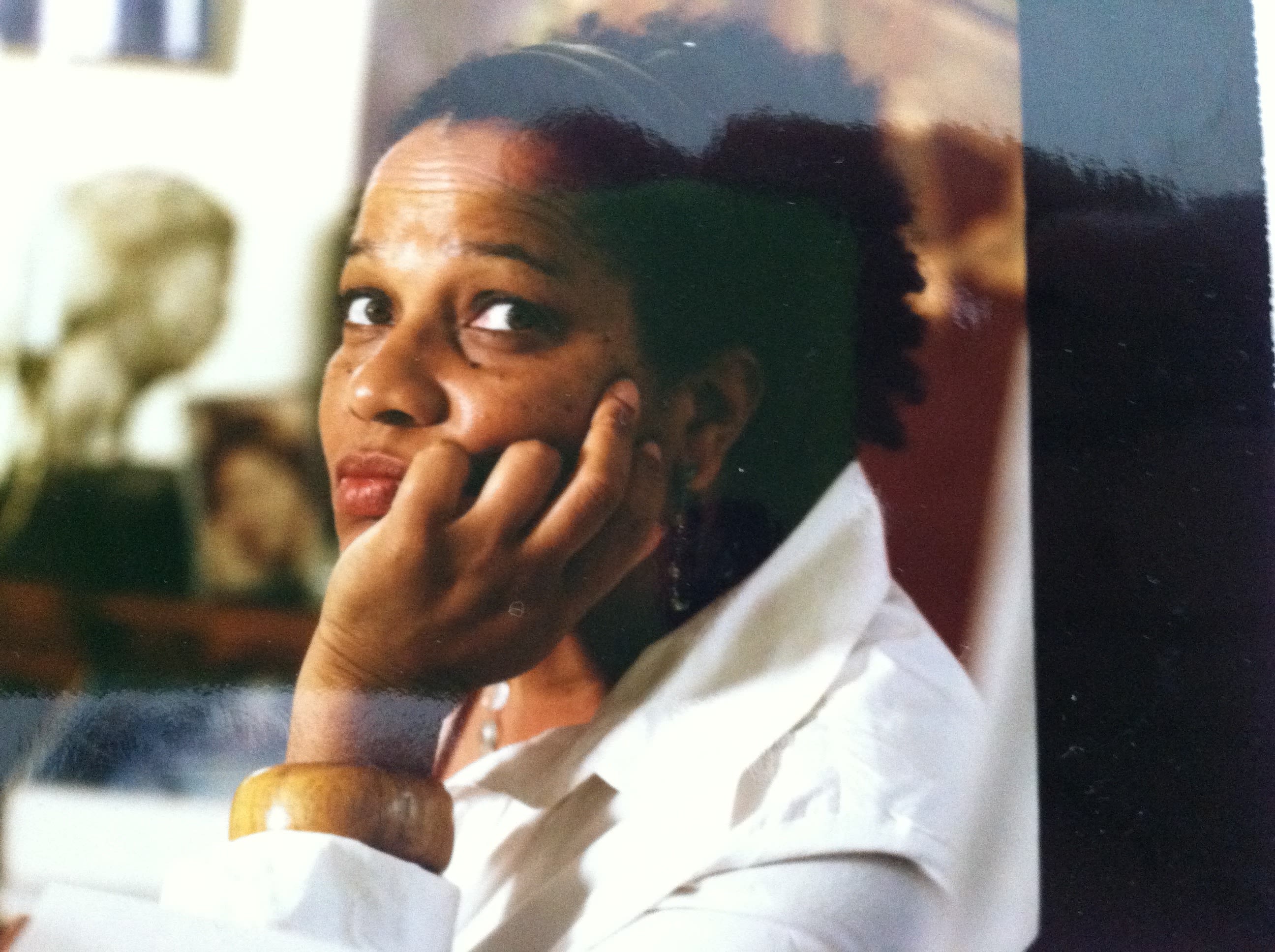
Alumnus Michele Washington (MFA 2011 Design Criticism)

